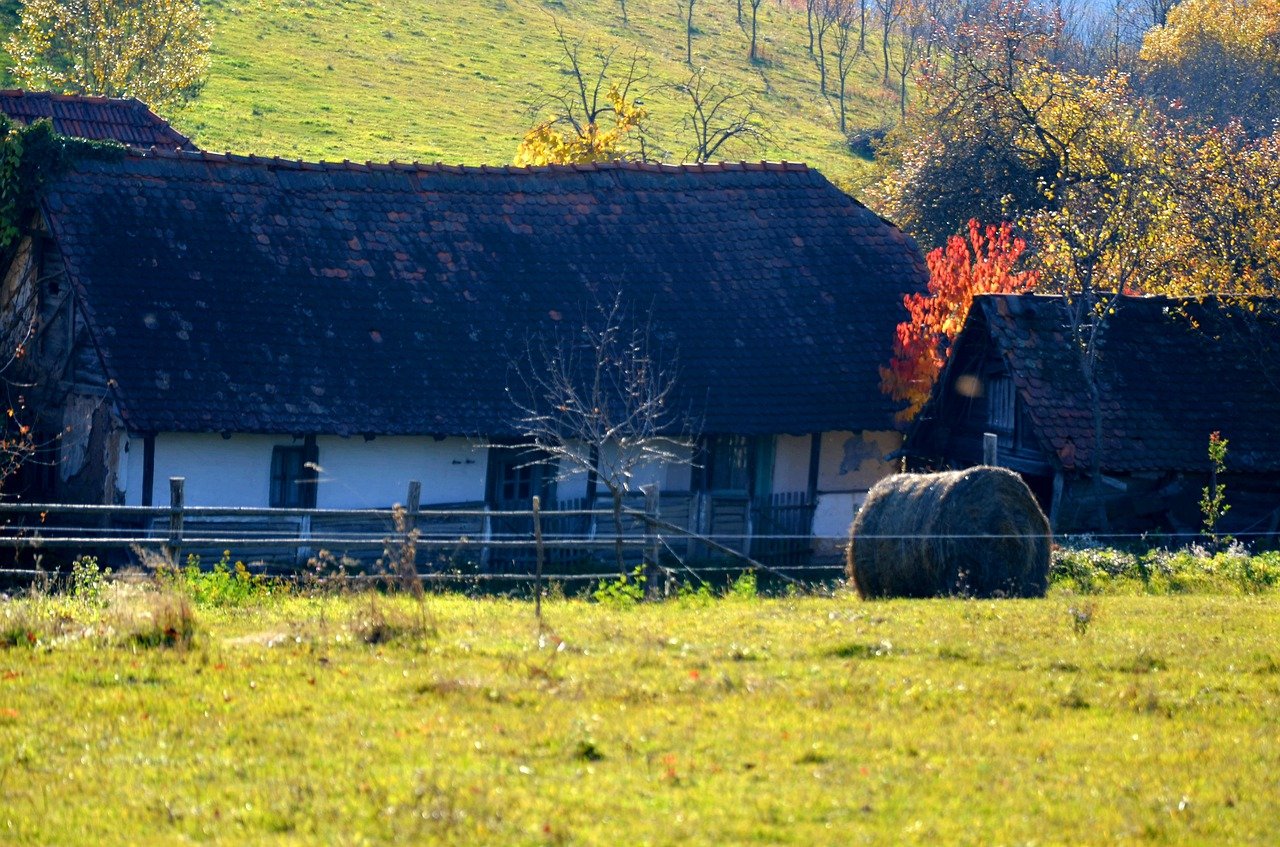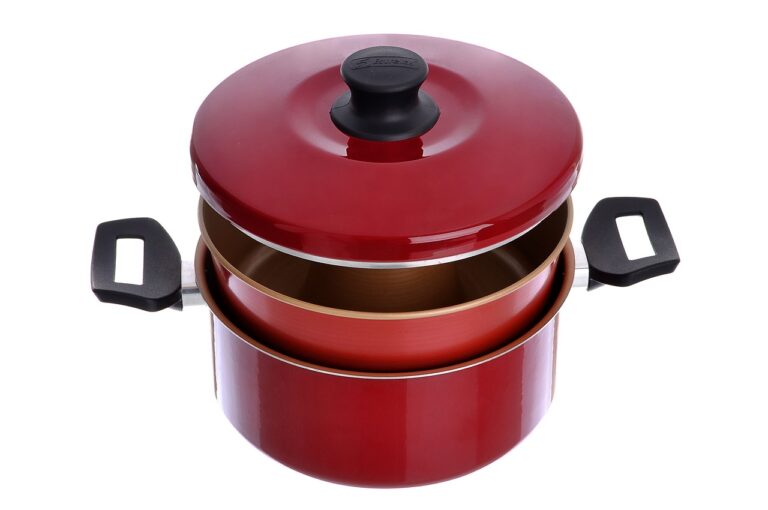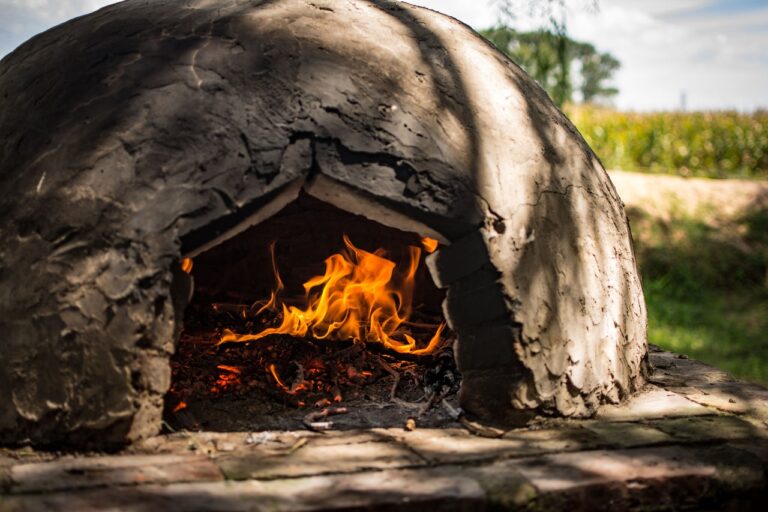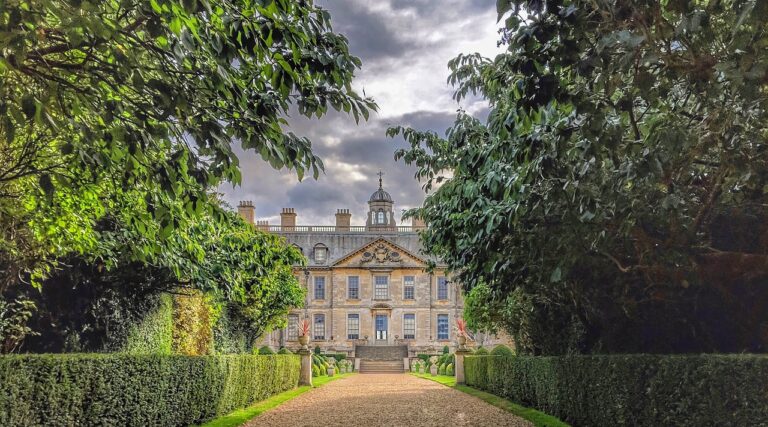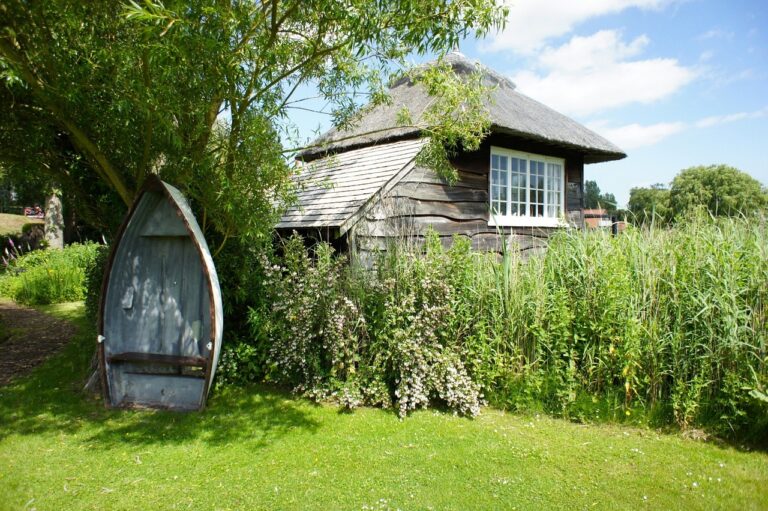How to Select a Bathroom Exhaust Fan for a Historic Home: 99 exchange login, Laser 247 deposit number, Yolo247 apk login
99 exchange login, laser 247 deposit number, yolo247 apk login: Historic homes are full of charm and character, but they often come with their own set of challenges when it comes to updating or renovating. One common issue in historic homes is poor ventilation in bathrooms, leading to mold, mildew, and musty odors. Installing a bathroom exhaust fan can help alleviate these problems, but choosing the right fan for a historic home requires careful consideration. Here are some tips on how to select a bathroom exhaust fan for a historic home.
1. Consider the Size of Your Bathroom
The first step in selecting a bathroom exhaust fan is to consider the size of your bathroom. The size of the fan you need will depend on the square footage of the bathroom. A larger bathroom will require a more powerful fan to effectively remove moisture and odors.
2. Choose a Fan with Sufficient Airflow
When selecting a bathroom exhaust fan for a historic home, it’s important to choose a fan with sufficient airflow. The airflow of a fan is measured in cubic feet per minute (CFM). A good rule of thumb is to choose a fan with a CFM rating that is at least 1 cubic foot per minute for every square foot of bathroom space.
3. Consider the Noise Level
Historic homes often have thin walls and floors, so it’s important to consider the noise level of the exhaust fan you choose. Look for a fan with a low sone rating, which indicates how loud the fan will be when in use. A fan with a sone rating of 2 or lower is considered quiet.
4. Opt for a Fan with a Timer
A bathroom exhaust fan with a timer is a convenient feature to have in a historic home. The timer allows you to set the fan to run for a specific amount of time after you shower or bathe, helping to ensure that moisture is properly vented from the room.
5. Choose a Fan with a Historic Design
When selecting a bathroom exhaust fan for a historic home, consider choosing a fan with a design that complements the style and architecture of the home. Look for fans with decorative grilles or finishes that blend seamlessly with the existing decor.
6. Hire a Professional for Installation
Installing a bathroom exhaust fan in a historic home can be a challenging task due to the age of the wiring and construction. It’s best to hire a professional electrician or contractor who has experience working with older homes to ensure that the installation is done correctly and safely.
FAQs
Q: Can I install a bathroom exhaust fan in a historic home myself?
A: While it is possible to install a bathroom exhaust fan yourself, we recommend hiring a professional for installation in a historic home to ensure it is done correctly and safely.
Q: How often should I clean my bathroom exhaust fan?
A: It’s a good idea to clean your bathroom exhaust fan at least once a year to ensure it is operating efficiently. To clean the fan, simply remove the cover and vacuum or wipe away any dust or debris.
Q: Can a bathroom exhaust fan help prevent mold and mildew in a historic home?
A: Yes, a properly functioning bathroom exhaust fan can help prevent mold and mildew by venting moisture out of the bathroom, reducing the chance of moisture buildup.
In conclusion, selecting a bathroom exhaust fan for a historic home requires careful consideration of factors such as size, airflow, noise level, design, and installation. By following these tips and guidelines, you can choose the right exhaust fan for your historic home and improve ventilation in your bathroom.

